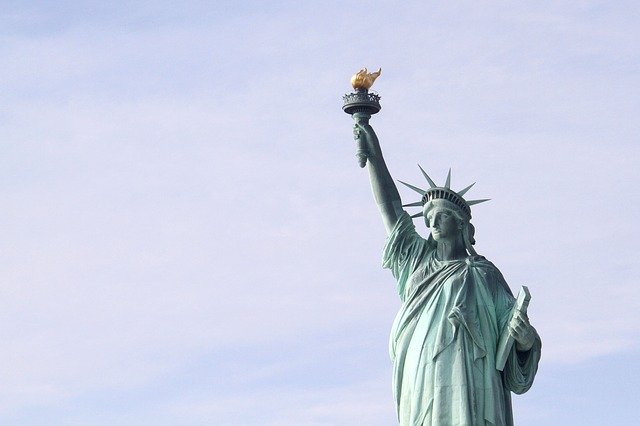Amid the coronavirus, the Trump administration has rolled out a number of changes to the U.S. immigration system, including travel restrictions and a move last month to suspend most immigrant visas for 60 days.
President Donald Trump said the goal was to protect jobs for U.S. citizens, as unemployment has climbed to record highs in recent weeks. However, some worry the suspension could last longer than 60 days and be detrimental to the home-based care workforce, despite exemptions for certain health care professionals.
Immigrants make up a huge portion of the direct care workforce, which includes home health aides, personal care aides and nursing assistants. In fact, one in four direct care workers is an immigrant, according to PHI, an organization that researches and advocates on behalf of home-based care workers.
Because of that, the home care industry has generally been very supportive of immigration pathways — even pushing for a special home care visa in the past.
Conversely, changes that limit immigration could be detrimental to the industry, Robert Espinoza, vice president of policy at PHI, told Home Health Care News. Home-based care providers may face the brunt of immigration restrictions, but other senior care organizations will likely feel the pressure as well.
“Many home care agencies, nursing homes and residential care settings rely on immigrants to meet demand to ensure that older people and people with disabilities have daily support,” Espinoza said. “Whenever we make it more difficult for immigrants to live and work in this country, we’re threatening the ability of long-term care employers to have enough workers to support their clients and their residents.”
That’s especially true in the nonmedical health care realm, where turnover has reached an all-time high of 82% — and where definitions can get blurry.
Specifically, President Trump’s proclamation suspending immigrant visas said it wouldn’t apply to “any alien seeking to enter the United States on an immigrant visa as a physician, nurse or other health care professional,” nor anyone performing “work essential to combating, recovering from or otherwise alleviating the effects of the COVID-19 outbreak.”
The language has Espinoza concerned home care agencies and their workers could fall through the cracks.
“That’s part of the confusion and the challenge in this moment,” he said. “It’s often hard to tell when government leaders or industry leaders talk about health care workers if they are also including home care workers and nursing assistants.”
That confusion isn’t new. The home care industry has dealt with similar uncertainty related to coronavirus-inspired rule changes before. For example, take the new federally mandated paid sick and parental leave announced in March.
For a while, nonmedical home care providers were unsure where they stood — if they were exempt from the rule or not. The Department of Labor had to release further guidance, which still left some details open to interpretation.
But even for medical home health providers, immigration-related challenges exist. For example, a foreign-born nurse might be discouraged from coming to the U.S. for work if her extended family or friends can’t do the same, Espinoza said.
Ironically, this comes at a time when the need for international nurses is higher than ever.
“We’ve seen a massive uptick in interest in people seeking international nurses,” Tanya Freedman, COO of Connetics USA, told HHCN.
San Diego, California-based Connetics is a career matchmaking company that helps U.S. health care facilities — including home health care providers — bring in internationally educated nurses and other health care workers for direct hire. Connectics then also helps workers with immigration paperwork, visas and licensing requirements.
Internationally educated nurses currently make up about 15% of the U.S. nurse workforce, but there’s need for even more amid the coronavirus and the nursing shortages that persisted even before it.
Projections show the U.S. will need more than 1 million new registered nurses (RNs) by 2022, with another 1 million RNs expected to retire by 2030. All the while, faculty shortages at nursing schools across the U.S. are limiting student capacity, making it harder to fill all the nursing jobs coming open with domestic workers.
The shortage challenges are only compounded for home health providers, as the care setting is often marked by lower wages than institutional settings and is rarely focused on in nursing school curriculums.
“In home health, the crisis is even worse because … some nurses don’t prefer to work in that sector,” Freedman said. “COVID is exposing the dangerously low staffing levels that we have had in the US. … Health care workers are going to get exhausted, some of them are going to get the virus, and we need reinforcements.”
International recruits could be the answer. But even in normal times, it can take anywhere from one to 10 years for foreign-born nurses looking for work in the USA to immigrate.
Now, throw in the travel restrictions and Social Security office closures that have come with COVID-19.
“There needs to be change to the immigration and the licensure requirements to help make it a smoother, easier and more seamless transition,” Freedman said. “In the news all the time, there’s this talk about personal protective equipment (PPE), but really a bigger threat is the nursing shortage.”




